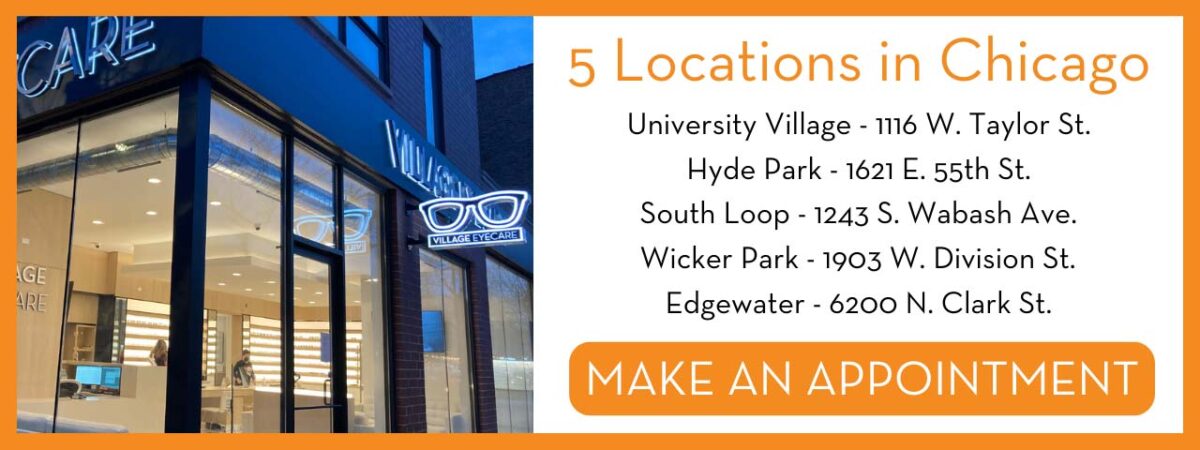Family Members Eye Doctors in Andalusia: Comprehensive Vision Treatment
Family Members Eye Doctors in Andalusia: Comprehensive Vision Treatment
Blog Article
Recognizing the Various Vision Adjustment Procedures Available for Clearer Sight
In the world of vision adjustment treatments, a multitude of alternatives exist to resolve refractive mistakes and provide people with clearer sight. From the extensively recognized LASIK surgical treatment to less intrusive procedures like PRK and implantable lenses, the area of ophthalmology provides a variety of techniques customized to suit various needs and choices. Each procedure features its own set of factors to consider, benefits, and possible dangers. Understanding the subtleties of these vision adjustment approaches is important for making educated decisions concerning one's visual wellness. Let's discover the details of these procedures and lost light on the path to attaining improved vision clearness.
LASIK Surgical Treatment
LASIK surgery is a common refractive procedure utilized to deal with vision troubles such as nearsightedness, farsightedness, and astigmatism. This surgical method, which means Laser-Assisted sitting Keratomileusis, intends to reshape the cornea to improve how light is concentrated on the retina, eventually boosting vision quality. During the procedure, a thin flap is produced on the cornea, and a laser is utilized to eliminate accurate amounts of cells to reshape it properly. This reshaping enables light to be precisely focused onto the retina, remedying refractive mistakes.
One of the main advantages of LASIK surgery is the fast improvement in vision experienced by people. In general, LASIK surgical procedure is a prominent selection for individuals looking for a long-term option for their vision troubles.
PRK Procedure

PRK is an ideal choice for people with thin corneas or those at a higher threat of eye injuries, as it does not involve developing a corneal flap. The recovery process for PRK is a little longer compared to LASIK, as the epithelium needs time to regrow. People might experience discomfort and blurry vision for a few days adhering to the treatment.
Despite the longer healing time, PRK can produce superb cause vision enhancement, making it a valuable alternative for those that might not be ideal prospects for LASIK surgery. - Eye Doctors in Andalusia
Implantable Lenses
Unlike PRK where the cornea is reshaped directly, implantable lenses offer another approach for remedying vision by placing man-made lenses inside the eye. This procedure is particularly valuable for people with high levels of farsightedness, nearsightedness, or astigmatism who might not be ideal candidates for laser surgeries like LASIK or PRK.
Implantable lenses, also referred to as phakic intraocular lenses, work by supplementing the eye's natural lens with a fabricated one. These lenses can be placed in front of the all-natural lens (anterior chamber) or behind the iris and before the all-natural lens (posterior chamber) By adjusting the power and positioning of these lenses, ophthalmologists can successfully correct refractive mistakes and improve aesthetic acuity.
One advantage of implantable lenses is that they are exchangeable and detachable, providing versatility for future adjustments. As with any surgical procedure, there are threats entailed, such as infection or cataract formation. Clients taking into consideration implantable lenses need to seek advice from an eye care expert to establish the most ideal choice based on their individual demands and eye health.
Corneal Rings

The treatment for putting corneal rings is relatively quick and minimally intrusive, often carried out as an outpatient procedure. During the surgical treatment, the eye doctor makes a little cut in the cornea and inserts the rings at a certain deepness. When in position, the rings assist to improve the cornea, giving a smoother surface area for light to get in the eye, which can cause clearer vision.
Corneal rings are thought about a relatively easy to fix procedure, as they can be eliminated or replaced if required. While they may not totally remove the requirement for glasses or get in touch with lenses, corneal rings can dramatically boost vision top quality and general aesthetic convenience for individuals with keratoconus or other corneal irregularities.
Refractive Lens Exchange
Adhering to the modification of corneal abnormalities with procedures like corneal rings, another vision correction technique that can resolve refractive More Help mistakes is Refractive Lens Exchange (RLE) RLE is a surgical treatment that includes replacing the eye's all-natural lens with a fabricated intraocular lens (IOL) read review to remedy refractive errors such as nearsightedness, presbyopia, and farsightedness. This treatment is particularly beneficial for people who might not be appropriate candidates for treatments like LASIK or PRK because of factors such as slim corneas or high refractive mistakes.
RLE is akin to cataract surgery, as both involve eliminating the eye's all-natural lens; nevertheless, in RLE, the lens is clear, not over cast as in cataracts. The fabricated lens implanted during RLE can be customized to attend to the person's particular refractive mistake, offering clear vision at numerous ranges. Healing time for RLE is reasonably quick, and individuals can anticipate improved vision not long after the procedure. As with any kind of operation, potential dangers and problems exist, so a detailed assessment with an eye care specialist is vital to figure out if RLE is the right vision adjustment alternative.
Verdict

In the world of vision adjustment treatments, a multitude of options exist to resolve refractive errors and provide people with clearer view.LASIK surgical treatment is a typical refractive procedure utilized to correct vision troubles such as nearsightedness, farsightedness, and astigmatism.While likewise a typical refractive treatment, the PRK (Photorefractive Keratectomy) technique varies from LASIK surgical treatment in its approach to remedying vision problems.Following the improvement of corneal irregularities with treatments like corneal rings, an additional vision adjustment strategy that can address refractive errors is Refractive Lens Exchange (RLE) LASIK surgical procedure, PRK procedure, implantable lenses, corneal rings, and refractive lens exchange are all choices that can resolve different vision problems.
Report this page